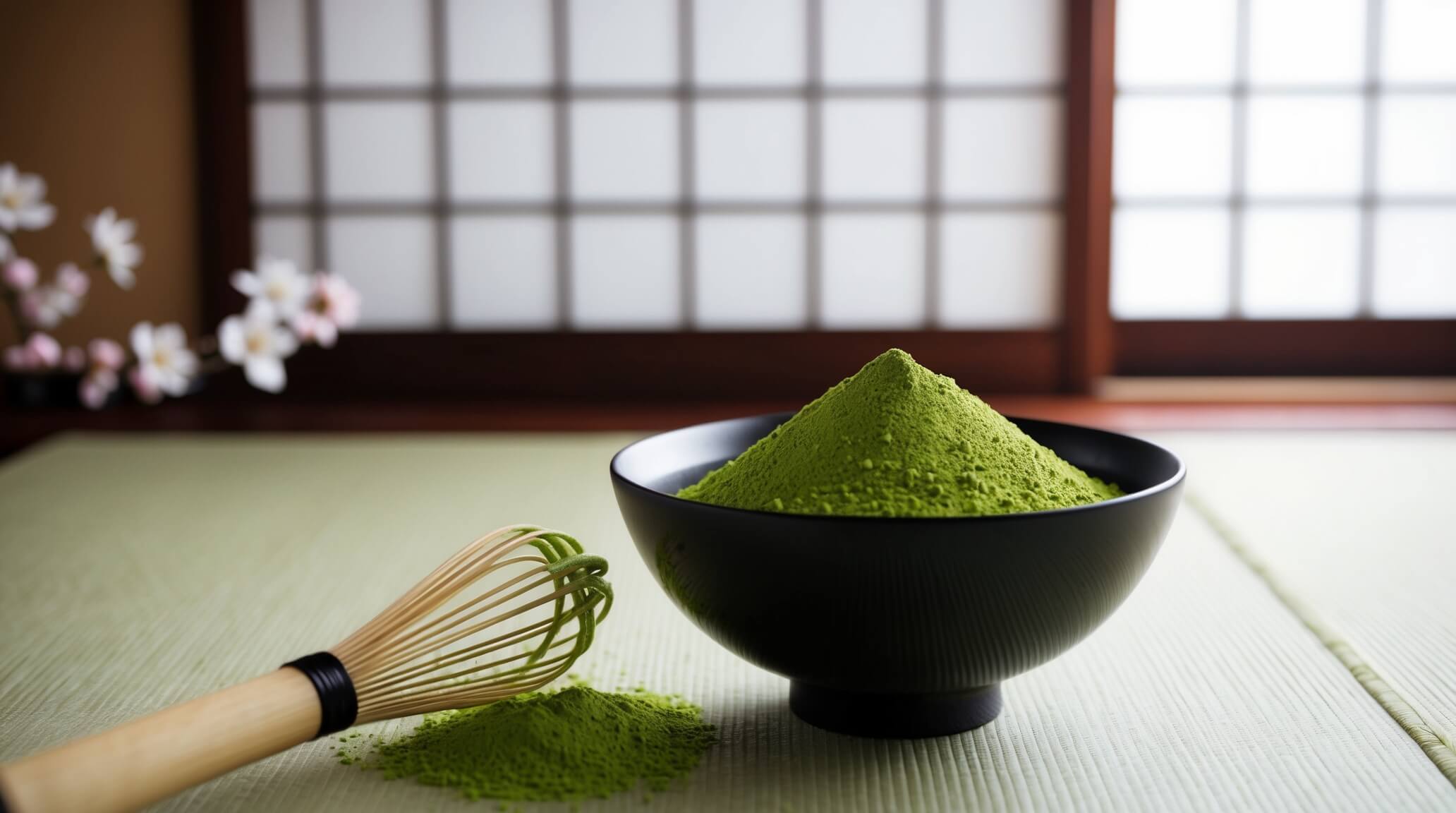Whether you’re a passionate baker or just trying to recreate that rich, chocolatey brownie recipe you found online, chances are you’ve stumbled across this ingredient: espresso powder. But what if you don’t have any on hand, or don’t want to use coffee at all?
In this post, we’ll uncover the best substitutes for espresso powder in baking and cooking, from instant fixes in your kitchen to flavorful, caffeine-free alternatives like tea powders. You’ll leave with everything you need to bake like a pro — no espresso powder required.
Table of Contents
What Is Espresso Powder?
Espresso powder isn’t just ground espresso beans. It’s made from finely ground coffee beans that have been brewed, dried, and then ground again into a concentrated powder. Its strong, bitter, earthy flavor isn’t usually meant to be tasted directly — instead, it intensifies other flavors, especially chocolate, in recipes like cakes, brownies, or tiramisu.
It’s important not to confuse espresso powder with instant coffee — while similar in appearance, espresso powder is more potent and smoother in taste, making it ideal for baking.
Why Replace Espresso Powder?
There are a few reasons you might be searching for a replacement:
- You don’t have it in your pantry
- You avoid caffeine or coffee entirely
- You want a healthier or more accessible option
- You’re baking for someone with a dietary restriction or allergy
- You’re experimenting with flavor and want something different
Some people also prefer using alternatives to reduce bitterness in desserts or to find a natural, whole-food substitute.
Best Espresso Powder Substitutes (Ranked by Purpose)
1. Instant Coffee Granules (Best All-Around Substitute)
This is the quickest and most accessible substitute. While it’s not as concentrated, using 1 to 1.5 times the amount of instant coffee can replicate espresso powder’s deep flavor in most baked goods.
Tip: Dissolve it in a little water first for a smoother blend. Choose a dark roast if possible to get closer to the espresso’s flavor profile.

2. Strong Brewed Coffee or Espresso (Best for Liquid Recipes)
Making a mocha glaze? Need a rich liquid for your cake batter? Use brewed espresso or extra-strong coffee in place of water or milk. Just remember to adjust other liquid ingredients slightly to keep the batter balanced.
This method works particularly well in cakes, puddings, and sauces where a deep coffee flavor enhances the overall taste.
3. Cocoa Powder (Best Non-Caffeinated Option)
If you’re avoiding caffeine, unsweetened cocoa powder is a great alternative. While it lacks bitterness, it deepens the chocolate flavor and adds richness. Combine it with a small amount of hot water to mimic espresso’s texture.
For an even closer match, mix cocoa powder with a dash of cinnamon or nutmeg — this brings a layer of warmth and complexity similar to coffee.
4. Matcha or Black Tea Powder (Best Tea-Based Option)
For a truly unique twist, try tea powders:
- Matcha brings a slightly sweet, grassy flavor and vibrant color. Great in cookies and muffins.
- Black tea powder or strong Chai spice blends offer malty, spicy notes that pair well with chocolate, cinnamon, and warm spices.
Use 1 tsp matcha or tea powder per 1 tsp espresso powder. You can even mix matcha with cocoa powder for a fusion flavor.
5. Chicory Root Powder (Best for Coffee-Like Flavor Without Caffeine)
Chicory root has been used in European coffee substitutes for centuries. It has a roasted, slightly nutty flavor, similar to espresso but without the caffeine. Add it in equal amounts, but be cautious with quantity — it can become overpowering if overused.
It works beautifully in recipes like gingerbread, spice cakes, and chocolate frostings.
6. Carob Powder (Best for Sweet Bakes)
Carob is naturally sweet and earthy, making it perfect for brownies or cakes that need complexity without bitterness. It’s caffeine-free and less acidic than cocoa, so it’s gentler on sensitive stomachs.
Try 1:1 substitution, and reduce added sugar if your recipe is already quite sweet.
Can You Make Your Espresso Powder?
Yes — and it’s easier than you might think!
If you have leftover coffee grounds, you can try this DIY method:
- Spread used coffee grounds on a baking sheet and dry them in the oven at 200°F (93°C) for 1–2 hours.
- Grind finely using a spice grinder or mortar and pestle until powdery.
- Store in an airtight container.
It won’t be as strong or refined as store-bought espresso powder, but in chocolate-heavy recipes, it will do the job nicely.
Espresso Powder vs Instant Coffee: What’s the Difference?
| Feature | Espresso Powder | Instant Coffee |
|---|---|---|
| Strength | Very strong | Milder in flavor |
| Texture | Finely ground, dry | Granular |
| Solubility | Dissolves quickly | Dissolves slower |
| Use in Baking | Flavor enhancer | Acceptable substitute |
| Caffeine Content | Higher | Lower (usually) |
While both work in a pinch, espresso powder gives a more consistent, concentrated result in baking.
Where to Buy Espresso Powder or Its Replacements
You can find espresso powder in
For substitutes like tea powders or chicory, check out:
- Health food stores
- Asian or Indian grocery shops
- Online tea retailers
Final Thoughts: Choose Your Substitute Based on Flavor & Function
When replacing espresso powder, think about your goal:
- Want to keep the bold coffee notes? Try instant coffee or brewed espresso.
- Going caffeine-free? Choose cocoa, chicory, or carob.
- Want to experiment? Add depth with matcha or black tea.
The beauty of baking is in experimentation. Whether you’re staying traditional or going caffeine-free, there’s always a flavorful way to make your recipes shine. Don’t be afraid to mix and match — sometimes the best flavors come from the most unexpected substitutes.
Related Post:


Leave a Reply